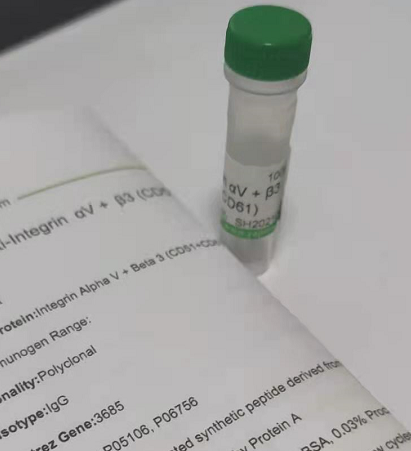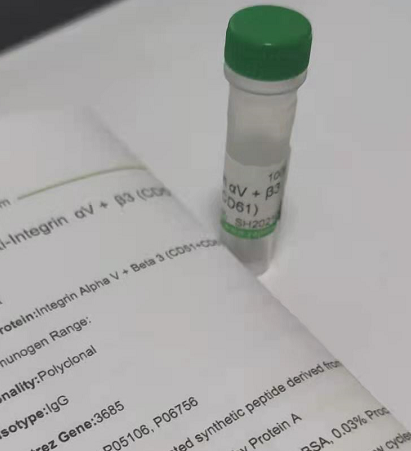| 產(chǎn)品編號 | Ys-15307R |
| 英文名稱 | Complement component C9b |
| 中文名稱 | 補體C9b抗體 |
| 別 名 | C9b; CO9_HUMAN; Complement component C9; Complementcomponent C9b. |
| 抗體來源 | Rabbit |
| 克隆類型 | Polyclonal |
| 交叉反應(yīng) | Human, (predicted: Mouse, Rat, Dog, Pig, Cow, Sheep, ) |
| 產(chǎn)品應(yīng)用 | WB=1:500-2000 ELISA=1:5000-10000 Flow-Cyt=1ug/Test not yet tested in other applications. optimal dilutions/concentrations should be determined by the end user. |
| 理論分子量 | 32/61kDa |
| 細(xì)胞定位 | 細(xì)胞膜 分泌型蛋白 |
| 性 狀 | Liquid |
| 濃 度 | 1mg/ml |
| 免 疫 原 | KLH conjugated synthetic peptide derived from human Complementcomponent C9b: 251-350/559 |
| 亞 型 | IgG |
| 純化方法 | affinity purified by Protein A |
| 緩 沖 液 | 0.01M TBS(pH7.4) with 1% BSA, 0.03% Proclin300 and 50% Glycerol. |
| 保存條件 | Shipped at 4℃. Store at -20 °C for one year. Avoid repeated freeze/thaw cycles. |
| 注意事項 | This product as supplied is intended for research use only, not for use in human, therapeutic or diagnostic applications. |
| PubMed | PubMed |
| 產(chǎn)品介紹 | C9 is a plasma protein synthesized in the liver and monocytes consisting of a single polypeptide chain. C9 is a part of the membrane attack complex (MAC), an important component of the immune system. The MAC forms upon complement system activation by invading pathogenic bacteria and consists of the four major complement proteins: C5b, C6, C7 and C8. These complement proteins bind to the outer surface of the plasma membrane of the invading cell. C9 binds to the membrane associated C5b-8 protein, which leads to the circular polymerization of 12-18 C9 molecules. These polymerized C9 molecules form a ring structure in the membrane. Molecules can then diffuse freely through this transmembrane channel, causing cell lysis and destruction of the invading bacterial cell. Function: Constituent of the membrane attack complex (MAC) that plays a key role in the innate and adaptive immune response by forming pores in the plasma membrane of target cells. C9 is the pore-forming subunit of the MAC. Subunit: Component of the membrane attack complex (MAC). MAC assembly is initiated by protelytic cleavage of C5 into C5a and C5b. C5b binds sequentially C6, C7, C8 and multiple copies of the pore-forming subunit C9. Subcellular Location: Secreted. Cell membrane; Multi-pass membrane protein. Note=Secreted as soluble monomer. Oligomerizes at target membranes, forming a pre-pore. A conformation change then leads to the formation of a 100 Angstrom diameter pore. Tissue Specificity: Plasma. Post-translational modifications: Thrombin cleaves factor C9 to produce C9a and C9b. Phosphorylation sites are present in the extracellular medium. DISEASE: Defects in C9 are a cause of complement component 9 deficiency (C9D) [MIM:613825]. A rare defect of the complement classical pathway associated with susceptibility to severe recurrent infections, predominantly by Neisseria gonorrhoeae or Neisseria meningitidis. [SIMILARITY] Belongs to the complement C6/C7/C8/C9 family. Similarity: Contains 1 EGF-like domain. Contains 1 LDL-receptor class A domain. Contains 1 MACPF domain. Contains 1 TSP type-1 domain. SWISS: P02748 Gene ID: |
我要詢價
*聯(lián)系方式:
(可以是QQ、MSN、電子郵箱、電話等,您的聯(lián)系方式不會被公開)
*內(nèi)容:









